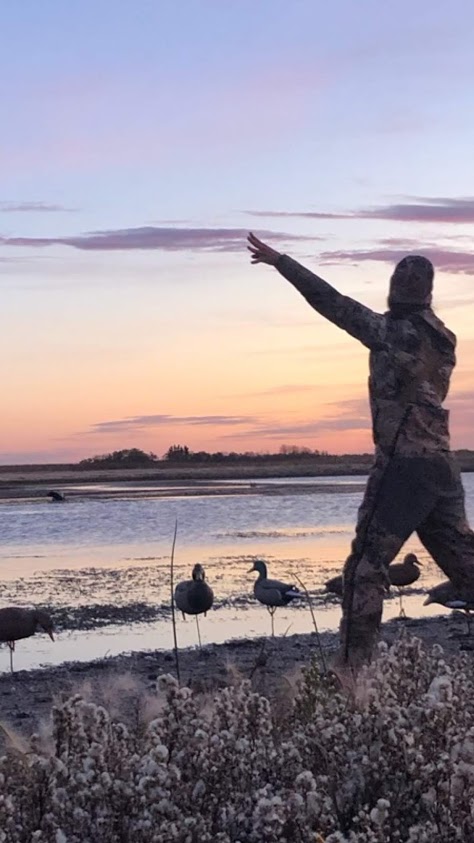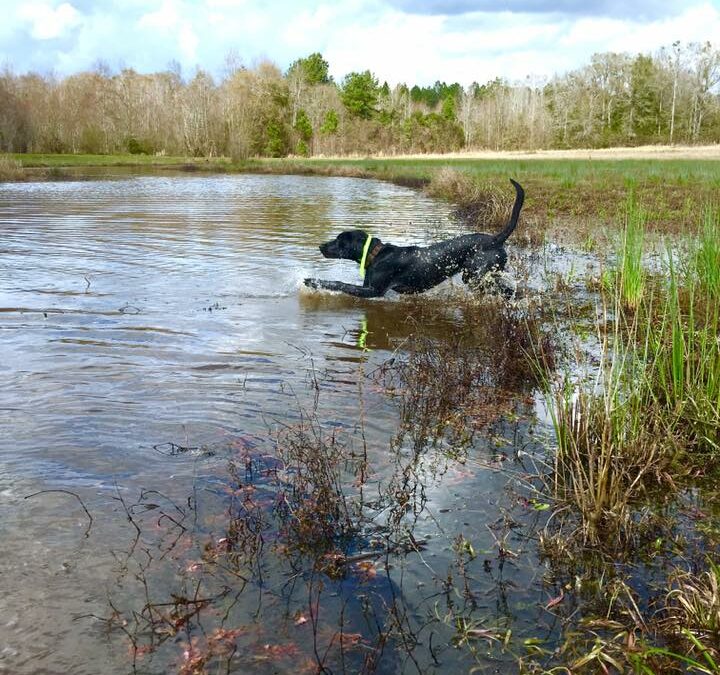Whether you’re working with a 10-week-old puppy or a 3-year-old dog, it’s important to introduce your dog to water the right way. You’ll want to keep a few key things in mind when heading to the water for the first time and, as always, have patience with your pup.
Each dog is different when it comes to water interests, so not all introductions will be exactly the same. Improperly introducing a dog to water or making it an uncomfortable situation can cause long-term problems and even scar a dog for life. It may never come around to enjoying working in the water after a bad experience.
Keeping an eye on both the land and the water temperature is important. Choose a warm, sunny day and be sure the water temperature has warmed up as well. A larger lake will warm up more slowly than a small, shallow pond, so don’t assume all water temperatures are the same. A spot with a gradual entry or even a beachy area is very helpful. It works great for the dog to be able to progressively walk in deeper and not experience any sudden drop-offs. You don’t want anything to startle the pup during this process.

You’ll want to let the dog go in on its own terms without ever being too pushy. Never force a dog to go into the water the first time. Similar to when I talked about introducing a dog to retrieving, it’s good to keep these sessions short and sweet, always ending when the dog is still interested and excited about the water.
I get my puppies liking bumpers at a young age, and this helps a lot when it’s time to meet the water. Once that retrieving drive is built, it can transition over to water work. If a dog is crazy about a bumper, you can toss the bumper out a short distance away for the dog to walk in and grab it. Start in an area where the dog can still touch the bottom and get it to bring the bumper back a few times. Each toss can get farther and farther. However, if the dog is nervous, it’s okay to keep it shallow the first few times.
During the first couple of water sessions, the dog might not even do any swimming. Simply splashing around to get used to the water is completely fine. Again, each dog is different. Some dogs will jump right in and swim, and others will need a few sessions to get their feet off the ground. Make sure to keep these sessions fun and a good experience for the dog and always have a patient mindset.
On occasion, you might have a dog that is having issues with swimming. If the dog is still struggling after a few sessions, you can bring out a couple other dogs to swim around. This might encourage the unsure dog to jump in with the others. However, make sure this approach doesn’t overwhelm the hesitant dog. You can also put on some waders and walk out with the dog or puppy yourself.
After the water session is over, be sure to dry off the dog to warm it up. If the dog gets cold or uncomfortable after a session in the water, it can associate this discomfort the next time you try to approach a water session.
If you keep these things in mind when taking your pup or young dog to the water for the first time, you should find it will become a pleasant experience for your hunting partner.
FTK Pro-Tips
Read exclusive training tips and articles writted by Jessie Richards at Full Throttle Kennel.
Jessie Richards owns and operates Full Throttle Kennel, in Campbellsport, Wisconsin. She specializes in training all breeds of retrievers for hunting and AKC hunt tests, as well as guides upland hunters and takes time in October for waterfowl hunting in Saskatchewan.

